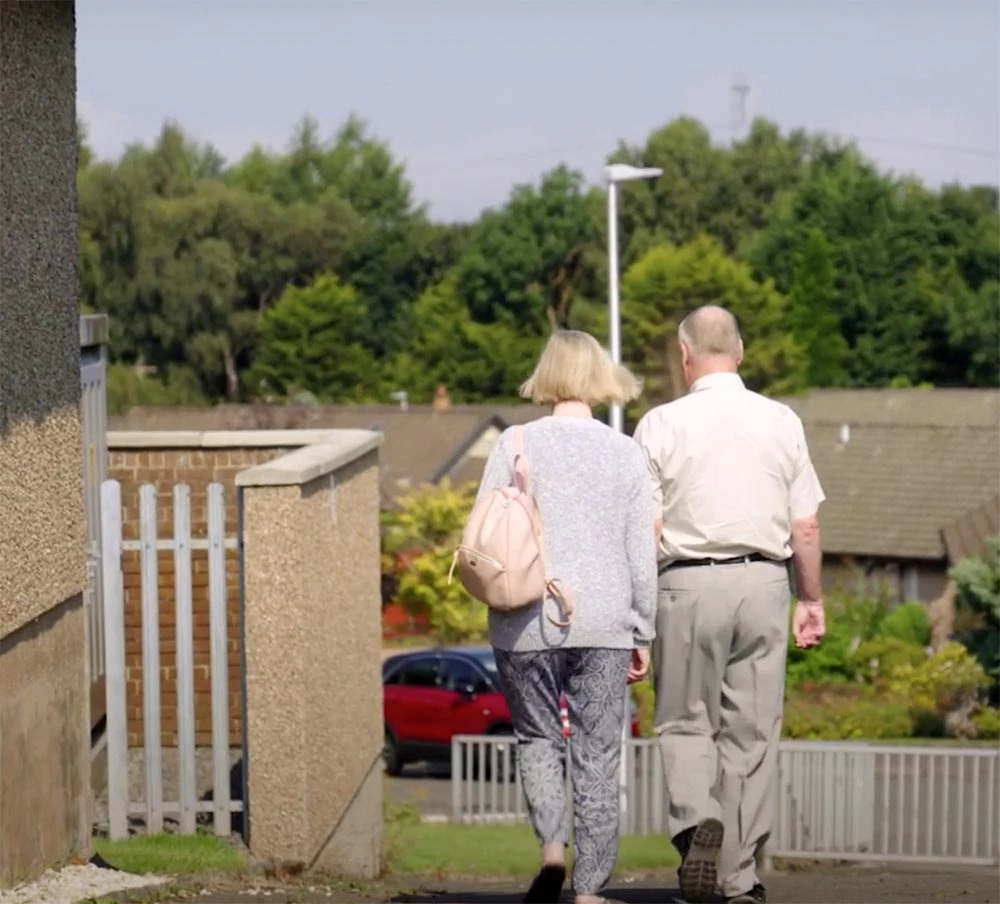
Partner Article
Telecare services could save the UK more than £14bn over the next decade, new study finds
Extending telecare services to more people could save the UK’s care providers £14.5bn over the next decade, new analysis by a digital connectivity consultancy FarrPoint has found.
FarrPoint’s economic modelling estimates that there are currently two million people using telecare services in the UK, but an additional 800,000 could benefit from access to technology-enabled care across the country*.
Using the latest ONS population projections, this figure is expected to swell to nearly 1 million people over the next decade, and could result in further strain to the already challenged care sector unless action is taken by care providers to increase uptake of telecare services.
In addition, FarrPoint assessed the benefits and cost savings offered by increased use of telecare services finding that encouraging more over-75s to use telecare services could result in benefits worth more than £14.5bn to the UK by the end of the decade.
When broken down by country, this could generate benefits of £12.3bn in England, £1.1bn in Scotland, £717m in Wales and £370m in Northern Ireland over the same time period – the equivalent of more than £10,000 per service user, per year.
With the UK’s elderly population set to increase by a quarter by the end of the decade, care providers responsible for technology enabled care services are being urged to ensure the benefits of telecare are understood and promoted further in a bid to drive service up take.
Matthew Izatt-Lowry, Senior economist at FarrPoint, said: “These numbers make for sobering reading for health and social care departments up and down the country. As a nation, we’re facing huge demographic changes, and by 2030 there is expected to be more than 7.3 million people aged over 75 in the UK. This will place even more pressure on the public purse and on the social care system in the UK which is already more stretched that ever before. Care providers must act now to help avoid the looming care crisis, and consider how technology can help the sector cope with increasing demand.”
Telecare services offer remote care for citizens, typically elderly people and those who are physically less able, providing reassurance and allowing them to live independently via various assistive technologies. These are typically a pendant and lifeline alarm unit, where the call is transmitted to an Alarm Receiving Centre (ARC), with more enhanced ‘packages’ of care including devices such as door, bed and automatic fall sensors used to ensure safety at home.
The benefits of telecare services can be offered across the social care system, including delaying residential care admission, improving social inclusion, wellbeing and community resilience, alleviating bed blocking and hospital admissions, all of which factor into the cost savings the UK could expect to receive by increasing uptake.
This was posted in Bdaily's Members' News section by Kristina Vard .
Enjoy the read? Get Bdaily delivered.
Sign up to receive our popular morning National email for free.








 A year of resilience, growth and collaboration
A year of resilience, growth and collaboration
 Apprenticeships: Lower standards risk safety
Apprenticeships: Lower standards risk safety
 Keeping it reel: Creating video in an authenticity era
Keeping it reel: Creating video in an authenticity era
 Budget: Creating a more vibrant market economy
Budget: Creating a more vibrant market economy
 Celebrating excellence and community support
Celebrating excellence and community support
 The value of nurturing homegrown innovation
The value of nurturing homegrown innovation
 A dynamic, fair and innovative economy
A dynamic, fair and innovative economy
 Navigating the property investment market
Navigating the property investment market
 Have stock markets peaked? Tune out the noise
Have stock markets peaked? Tune out the noise
 Will the Employment Rights Bill cost too much?
Will the Employment Rights Bill cost too much?
 A game-changing move for digital-first innovators
A game-changing move for digital-first innovators
 Confidence the missing ingredient for growth
Confidence the missing ingredient for growth